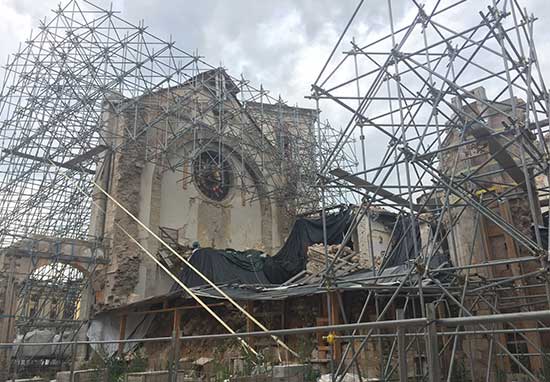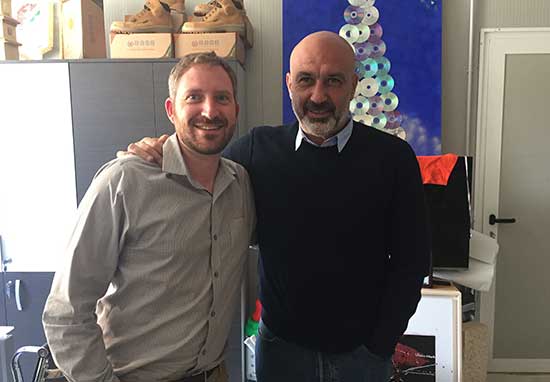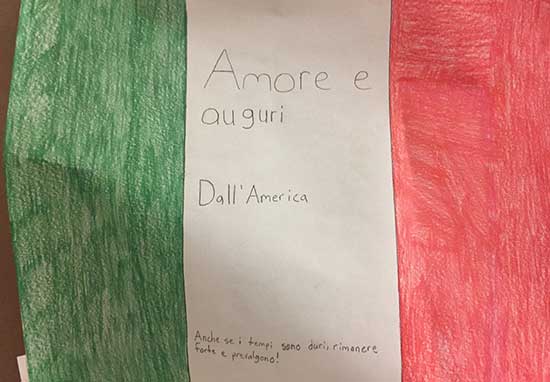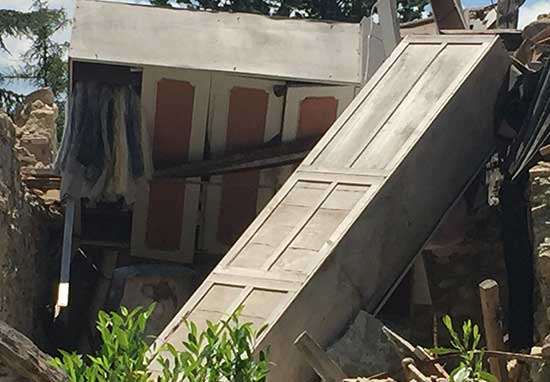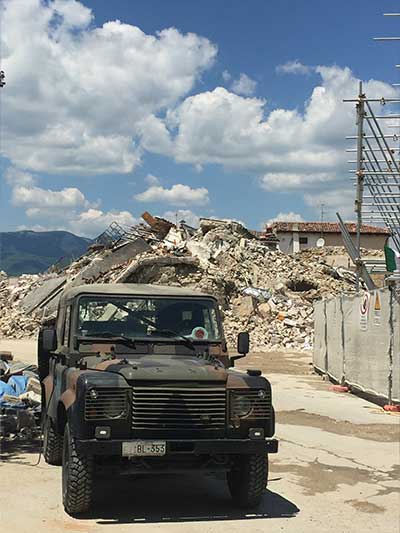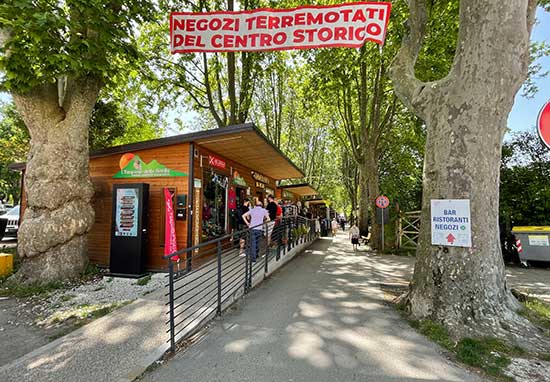Effects of natural and man-made disasters on heritage, foodways, and tourism
Stemming from research on sustainable foodways, tourism and heritage in central Italy, along with anthropologist Elisa Ascione (Loyola University Rome), I have been examining the effects of natural disasters on traditional foodways in central Italy. In 2016, a massive earthquake rocked Umbra, Lazio and Le Marche regions. In addition to destroying tangible heritage, such as the Basilica of St. Benedict of Norcia and the entire town of Amatrice, it also affected livestock and agricultural production—calling into question legal protective designations (DOP, DOC) and mobilizing Italians and others worldwide in acts of culinary solidarity. For example, the Amatriciana per Amatrice campaign saw numerous restaurants and towns cooking Amatrice’s famous amatriciana pasta in solidarity (and selling the dish to raise money for the survivors). COVID-19, and the near-stoppage of public activity in Italy (as well as international tourism) saw yet another stress on central Italian foodways. Even today, recovery of both of these disasters is slow.
I have also commented on issues concerning the willful destruction of cultural heritage—that is, coercive threats during warfare to destroy another culture’s heritage. Although looting and destruction of heritage has been practiced throughout history, this has become a particular issue in the wars of the early 21st century: from the destruction of the iconic World Trade Center to Afghanistan’s Bamiyan Buddhas, to World Heritage-listed shrines in Iraq, Syria and Mali. In response to then-President Trump’s remarks to retaliate against an Iranian raid by specifically targeting its heritage sites, for Anthropology News, I interviewed numerous Persian museum, heritage and tourism professionals to present their understandings of this geopolitical issue.
